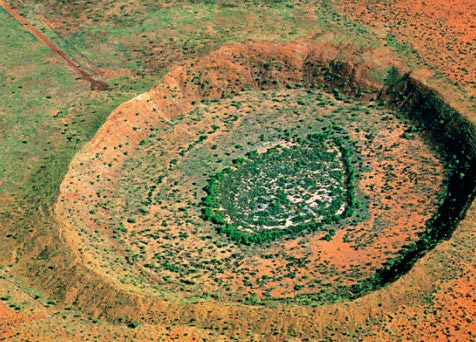Working alone in the lab on the morning I passed through was a cheerfully grizzled-looking fellow in a blue work shirt whom I recognized as Mike Voorhies from a BBC television documentary in which he featured. They don't get a huge number of visitors to Ashfall Fossil Beds State Park—it's slightly in the middle of nowhere—and Voorhies seemed pleased to show me around. He took me to the spot atop a twenty-foot ravine where he had made his find.

I asked him in what way it was a dumb place to hunt for bones. "Well, if you're looking for bones, you really need exposed rock. That's why most paleontology is done in hot, dry places. It's not that there are more bones there. It's just that you have some chance of spotting them. In a setting like this"—he made a sweeping gesture across the vast and unvarying prairie— "you wouldn't know where to begin. There could be really magnificent stuff out there, but there's no surface clues to show you where to start looking."











